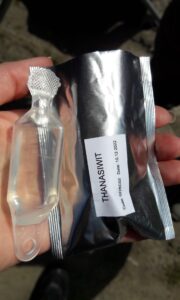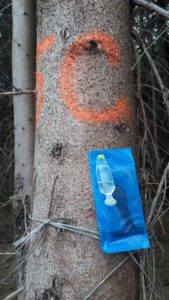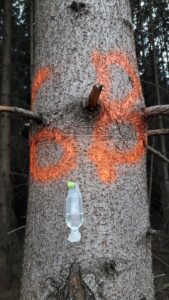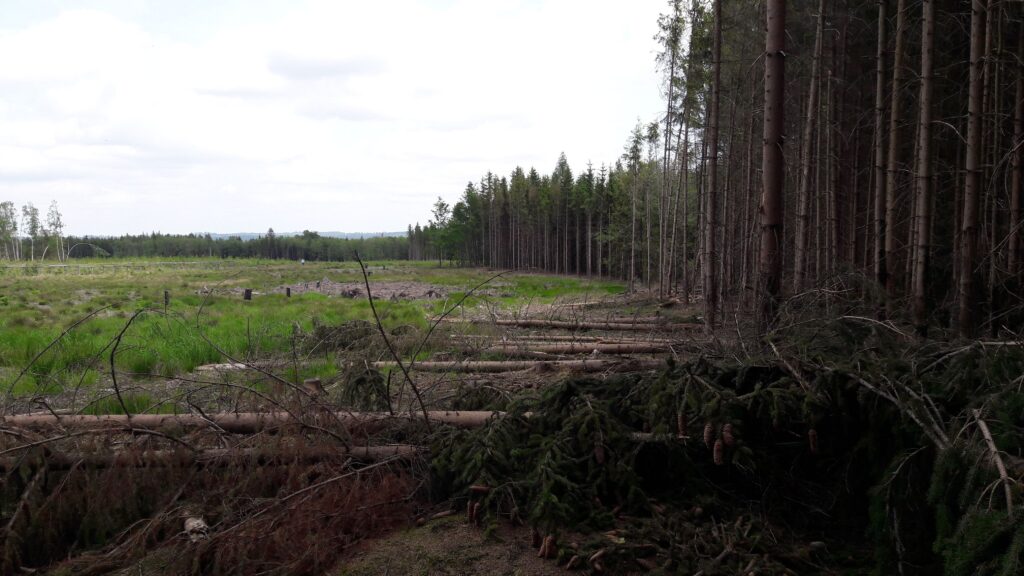June 19, 2024, Zvolen, Slovakia – A recently published research paper, titled “Mitigating Norway Spruce mortality through the combined use of an anti-attractant for Ips typographus and an attractant for Thanasimus formicarius”, reveals promising strategies for addressing the alarming mortality rates of Norway spruce trees caused by bark beetle infestations. The study, led by the RESDiNET project team members, offers innovative approaches that could significantly enhance forest management practices.
Key Findings and Methodology
The research conducted by Korolyova et al. focuses on the efficacy of combining pheromones designed for the bark beetle Ips typographus (IT) and its natural predator Thanasimus formicarius (TF) with anti-attractants for IT. The study involved two main experiments: a trapping experiment and a tree protection experiment, both conducted in Czechia in June 2023.
In the trapping experiment, various combinations of lures and anti-attractants were tested using EcoTrap-type traps placed in a managed spruce-dominated forest. The results indicated that traps baited with both IT pheromone and TF attractant, combined with the anti-attractant, successfully captured the highest number of TF while deterring IT.
The tree protection experiment involved treating 28 mature Norway spruce trees with different combinations of TF attractant, IT anti-attractant, and control treatments. The findings demonstrated that trees treated with both the TF attractant and the IT anti-attractant experienced no mortality, highlighting the potential for this combined treatment to protect spruce trees effectively.
Implications for Forest Management
The research underscores the significant role of natural predators in controlling bark beetle populations. By attracting TF, which preys on IT, the study suggests a biological control method that reduces the reliance on chemical treatments. This integrated pest management approach aligns with environmentally friendly practices and offers a sustainable solution for forest health.
The study also revealed that the combined use of anti-attractants and attractants could enhance the protective measures for Norway spruce trees. The anti-attractants, composed of tree-based semiochemicals, effectively repelled IT, while the attractants lured TF, creating a dual-layered defense mechanism against bark beetle infestations.
Future Research Directions
While the results are promising, the study highlights the need for further research to optimize the composition and proportions of the semiochemical mixtures used in the dispensers. Additionally, understanding the behavioural responses of both IT and TF to these compounds under varying field conditions will be crucial for refining the treatment’s efficacy.
The RESDiNET team have provided valuable insights into mitigating Norway spruce mortality through innovative pest management strategies. Their work paves the way for more effective and sustainable forest management practices, crucial for preserving forest ecosystems in the face of increasing biotic disturbances driven by climate change.
For more details, the full paper is accessible at [Frontiers in Forests and Global Change] (https://www.frontiersin.org/articles/10.3389/ffgc.2024.1383672/full).
Stay updated on our latest activities by following us on our social media channels!
Instagram: www.instagram.com/resdinet
Facebook: www.facebook.com/resdinet
Youtube: https://www.youtube.com/@resdinet
References:
Korolyova, N., Bláha, J., Hradecký, J., Kašpar, J., Dvořáková, B., & Jakuš, R. (2024). Mitigating Norway spruce mortality through the combined use of an anti-attractant for Ips typographus and an attractant for Thanasimus formicarius. Front. For. Glob. Change, 7:1383672. doi: 10.3389/ffgc.2024.1383672




